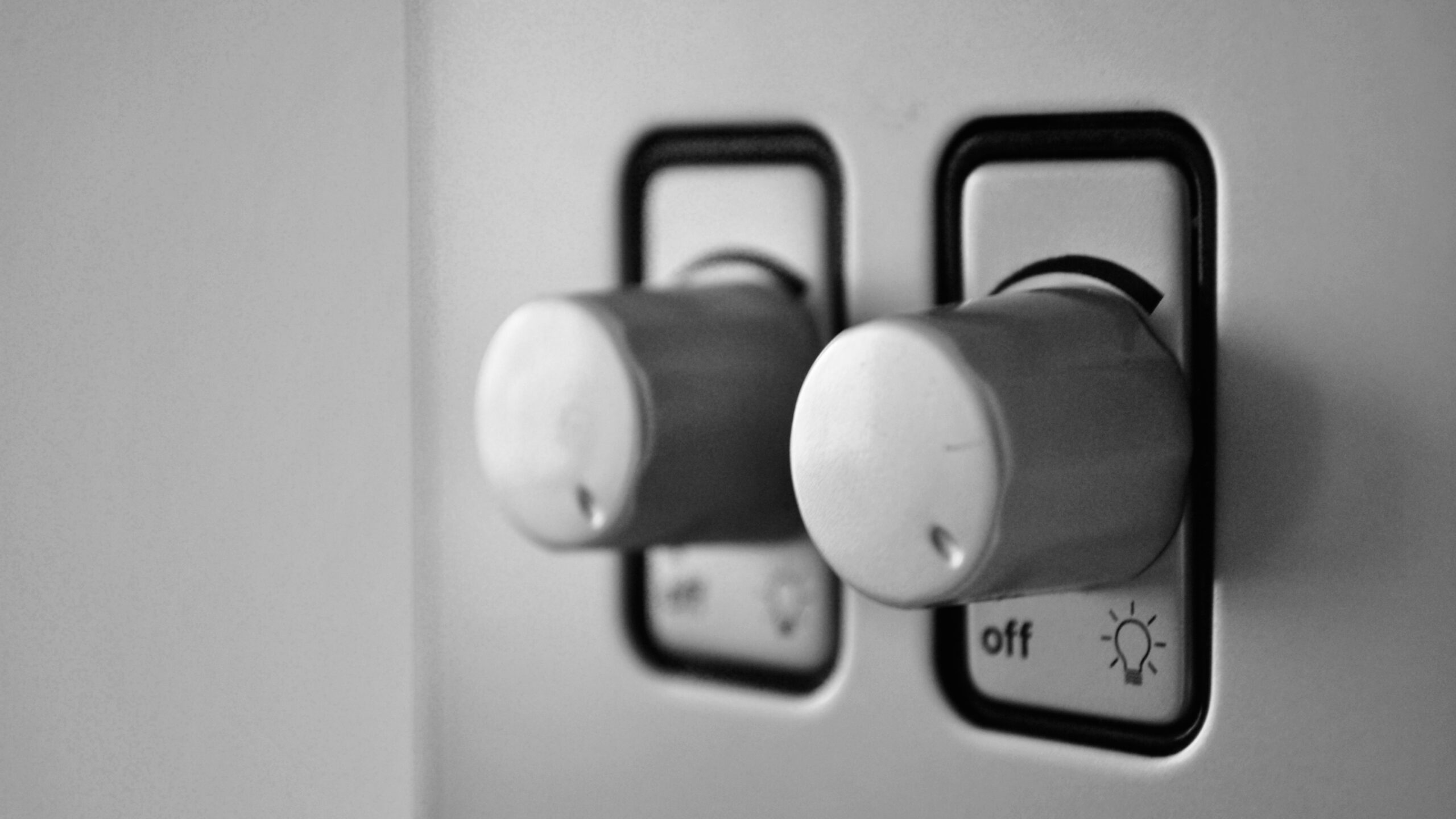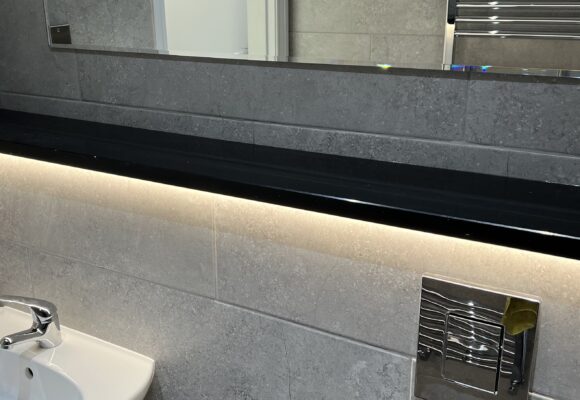Dimmer switches have revolutionised the way we control lighting in our homes and businesses, offering versatility, ambiance control, and energy efficiency. We will explore the inner workings of dimmer switches, how they function, and why LED bulbs require specialised dimming modules for optimal performance.
Understanding Dimmer Switches
Dimmer switches are devices that allow users to adjust the brightness of light fixtures by varying the amount of electrical current supplied to them. Traditional dimmer switches operate by using a method called phase-cut dimming, which involves altering the waveform of the alternating current (AC) powering the light bulb.
How Dimmer Switches Work
Phase-cut dimmer switches regulate the amount of power delivered to a light fixture by chopping up the AC waveform. This is typically achieved using a semiconductor device called a TRIAC (triode for alternating current). When the dimmer switch is turned on, the TRIAC delays the firing of the AC waveform, effectively reducing the amount of power reaching the light bulb. By varying the delay between the start of the waveform and the point at which the TRIAC switches on, users can adjust the brightness of the light fixture.
Dimmer switches often include additional features such as dimming presets, remote control capabilities, and compatibility with smart home systems. These features enhance the flexibility and convenience of dimmer switches, allowing users to customise their lighting experience according to their preferences.
Why LEDs Require Different Dimming Modules
While traditional incandescent and halogen bulbs work seamlessly with standard dimmer switches, LED bulbs require specialised dimming modules due to their unique electrical characteristics. LEDs operate on direct current (DC), meaning they require a driver to convert the AC voltage supplied by the dimmer switch into the DC voltage needed to power the LED chips.
LED dimming modules incorporate advanced electronics and firmware to ensure smooth and flicker-free dimming performance with LED bulbs. These modules often use pulse-width modulation (PWM) or digital dimming techniques to control the intensity of the light output.
Challenges with LED Dimming
LED bulbs present several challenges when it comes to dimming, including flickering, buzzing, and limited dimming range. These issues arise due to differences in LED driver design, compatibility issues between LED bulbs and dimmer switches, and variations in manufacturing quality.
To address these challenges, manufacturers have developed specialised LED dimming modules that are optimised for compatibility with a wide range of LED bulbs. These modules incorporate features such as adjustable dimming curves, compatibility testing with leading LED brands, and firmware updates to ensure optimal performance.
Benefits of LED Dimming Modules
LED dimming modules offer several benefits over traditional dimmer switches, including:
1. Flicker-free dimming: LED dimming modules use advanced PWM or digital dimming techniques to eliminate flicker and ensure smooth dimming performance.
2. Compatibility with a wide range of LED bulbs: LED dimming modules are designed to work with various LED bulbs, including dimmable retrofit bulbs, integrated LED fixtures, and specialty LED lamps.
3. Energy efficiency: LED dimming modules are highly efficient, minimising energy consumption while providing precise control over lighting levels.
4. Longevity: LED dimming modules are built to last, with robust construction and advanced thermal management systems to ensure reliability and longevity.
In summary, dimmer switches play a crucial role in controlling the brightness and ambiance of light fixtures in our homes and businesses. While traditional dimmer switches work well with incandescent and halogen bulbs, LED bulbs require specialised dimming modules to achieve optimal performance. These modules use advanced electronics and firmware to ensure smooth, flicker-free dimming with LED bulbs, offering energy efficiency, compatibility, and longevity. As LED technology continues to advance, the demand for high-quality dimming solutions will only grow, driving further innovation in the lighting industry.




 No products in the basket.
No products in the basket. 
